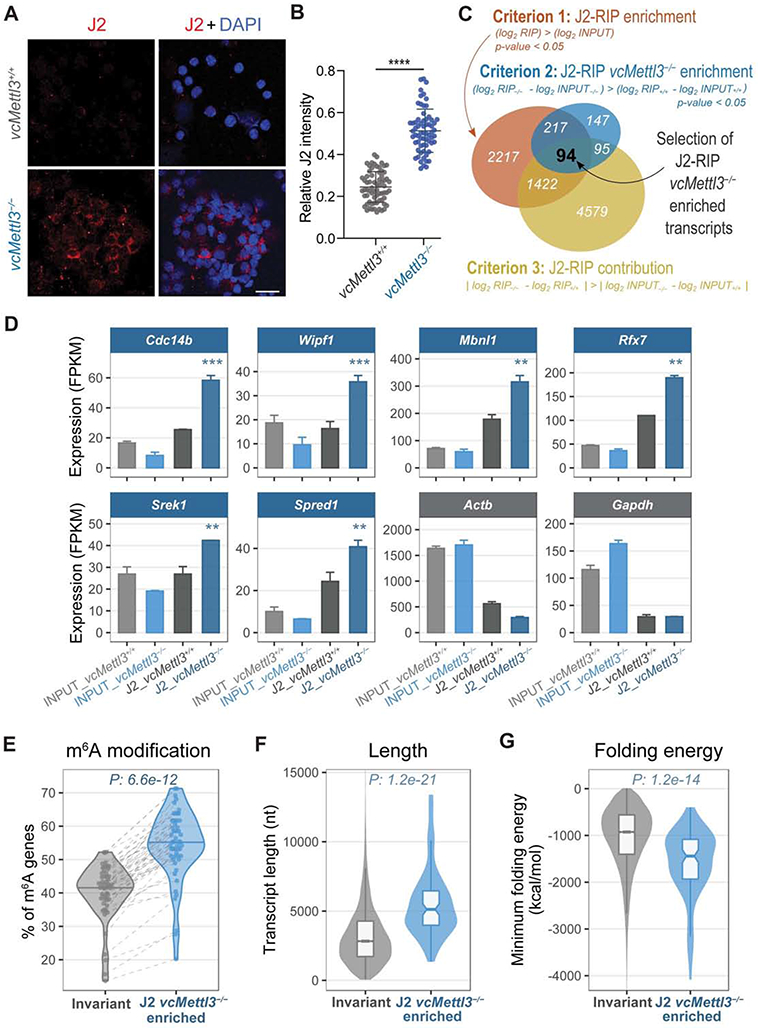Figure 5. Loss of METTL3 leads to aberrant dsRNA formation upon depletion of m6A.

(A) Detection of dsRNA via immunocytochemistry in vcMettl3+/+ and vcMettl3−/− fetal liver cells using the dsRNA specific antibody J2. Scale bar, 50 μm. Data are representative of four independent experiments.
(B) Quantification of J2 intensity of each cell normalized to its DAPI signal (vcMettl3+/+ n=69, vcMettl3−/− n=66). Data are representative of four independent experiments.
(C) Schematics of the criteria used to identify the 94 genes significantly enriched in J2 RIP of vcMettl3−/− versus vcMettl3+/+ fetal liver cells.
(D) J2 RIP-Seq signals from six representative J2 vcMettl3−/− enriched genes, compared with Actb and Gapdh as negative controls (n=2 biological replicates per group).
(E) Percentage of genes with annotated m6A peaks among the 94 genes enriched in vcMettl3−/− J2 RIP compared with invariant genes. The meta-analysis was performed considering 52 different published m6A datasets.
(F) Distributions of the transcript length of vcMettl3−/− J2 RIP enriched genes compared with invariant genes.
(G) Distributions of the predicted folding energy of vcMettl3−/− J2 RIP enriched genes compared with invariant genes.
The P values in (E,F,G) were calculated using two-tailed Wilcoxon rank-sum test.
